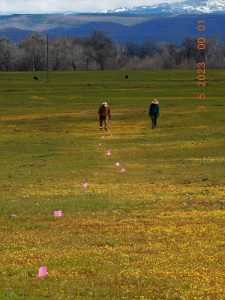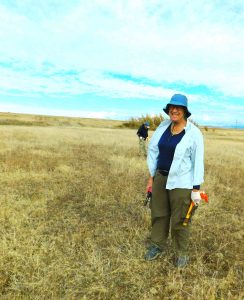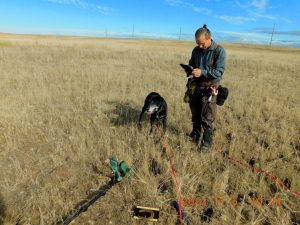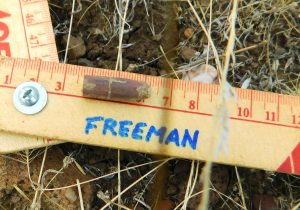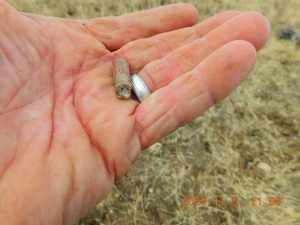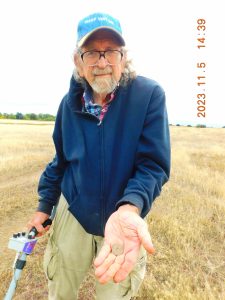YOU MISSED The Trails West Conference held Monday, June 3rd through June 5th 2024 at the Carson Valley Inn in Minden, Nevada. BUT THERE IS NEXT YEAR. The next Trails West Conference will be held Monday, June 9th through June 11th, 2025 at the Carson Valley Inn in Minden, Nevada…SO YOU HAD BETTER START PLANNING AHEAD!!!
Here are some pictures of the activities…
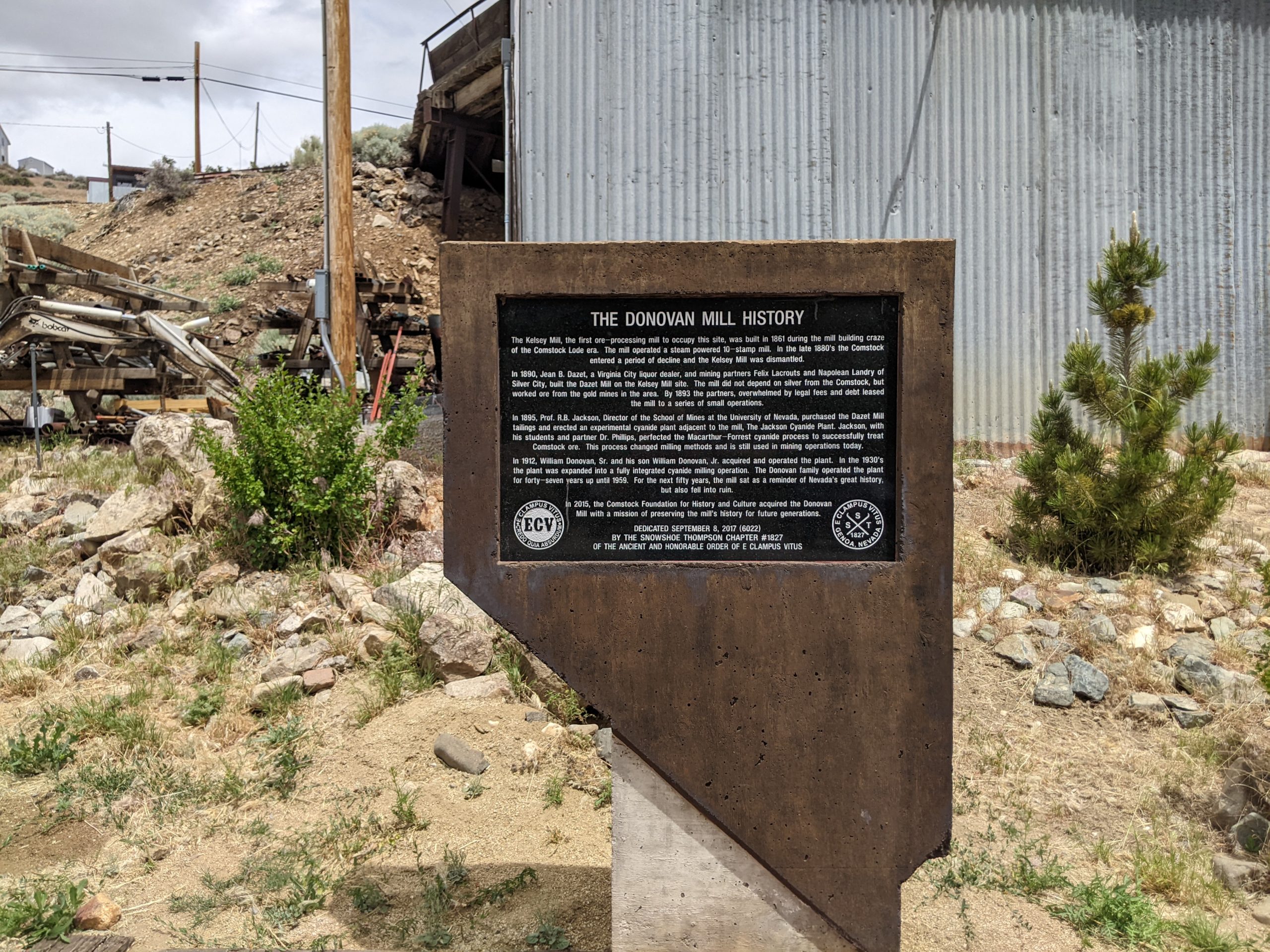
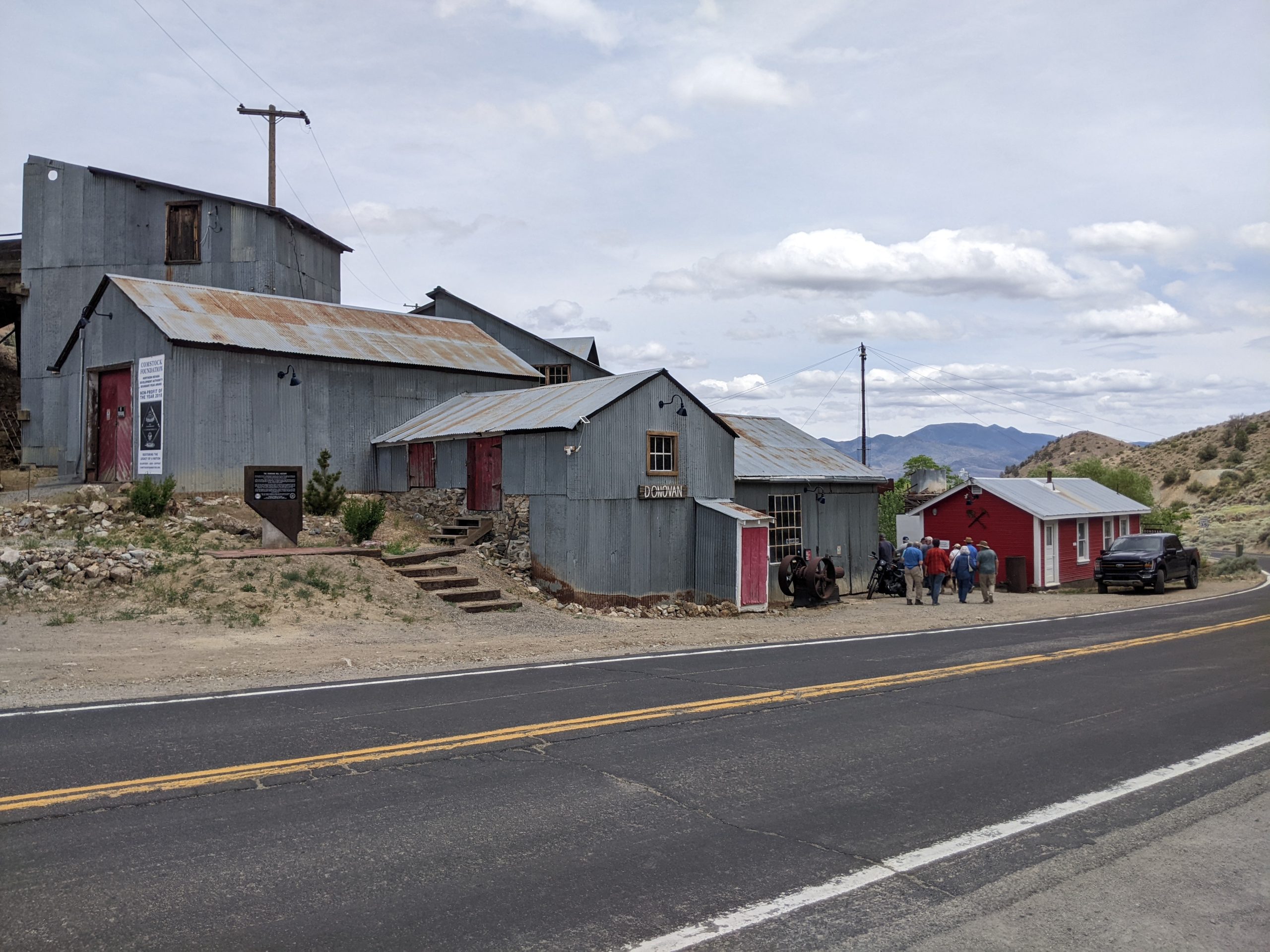
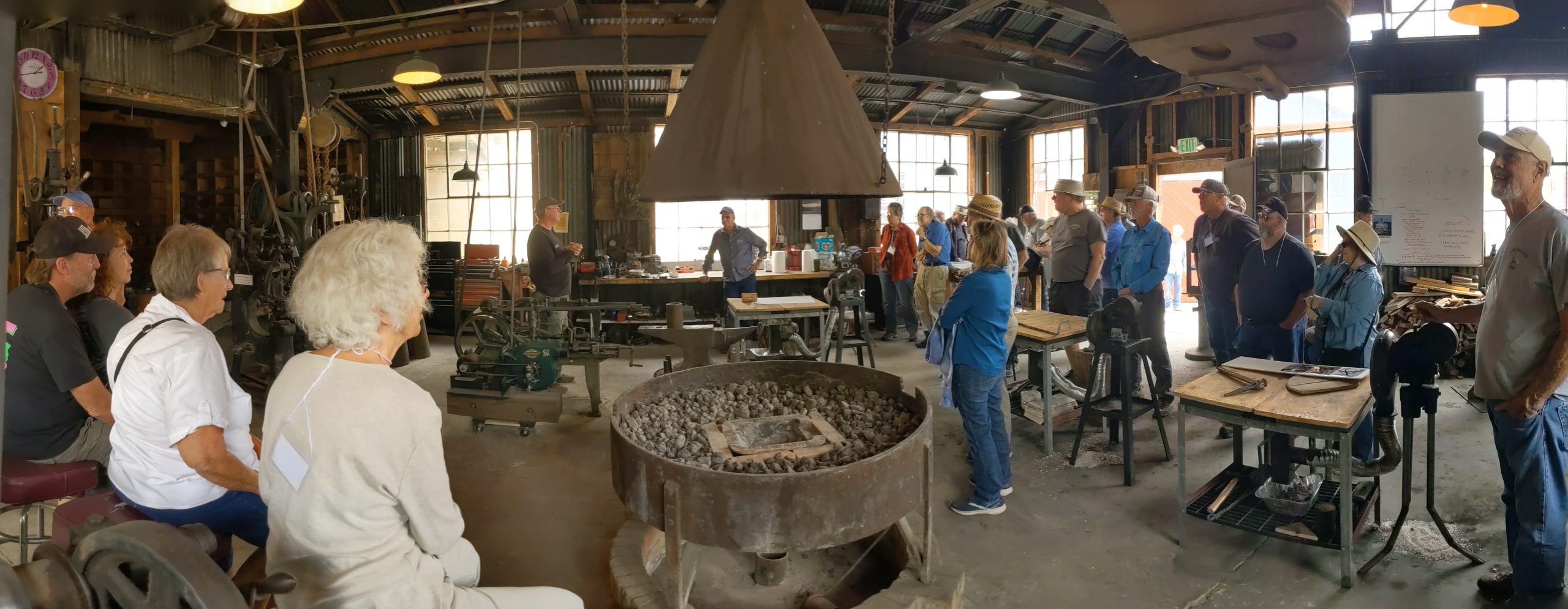

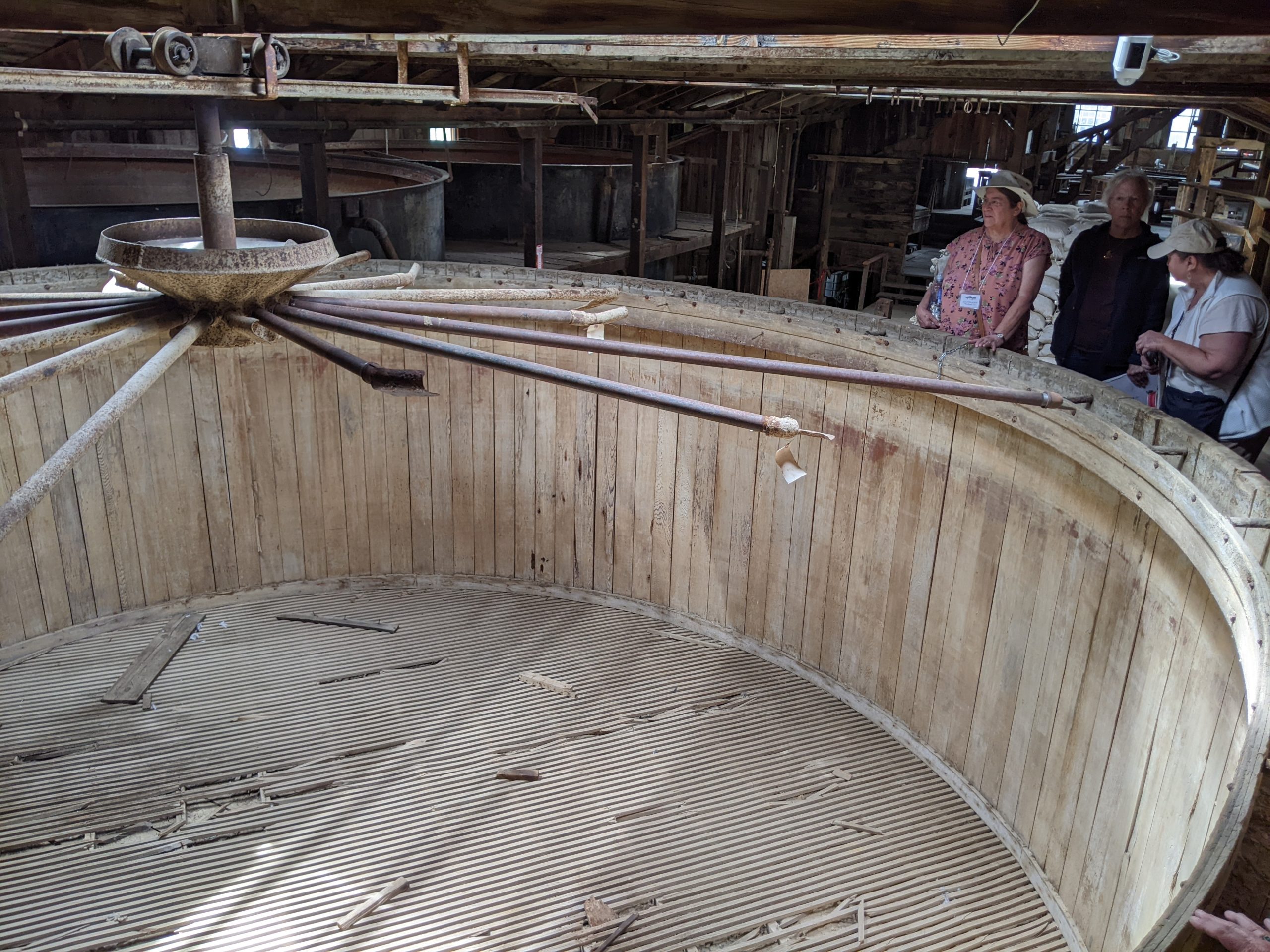
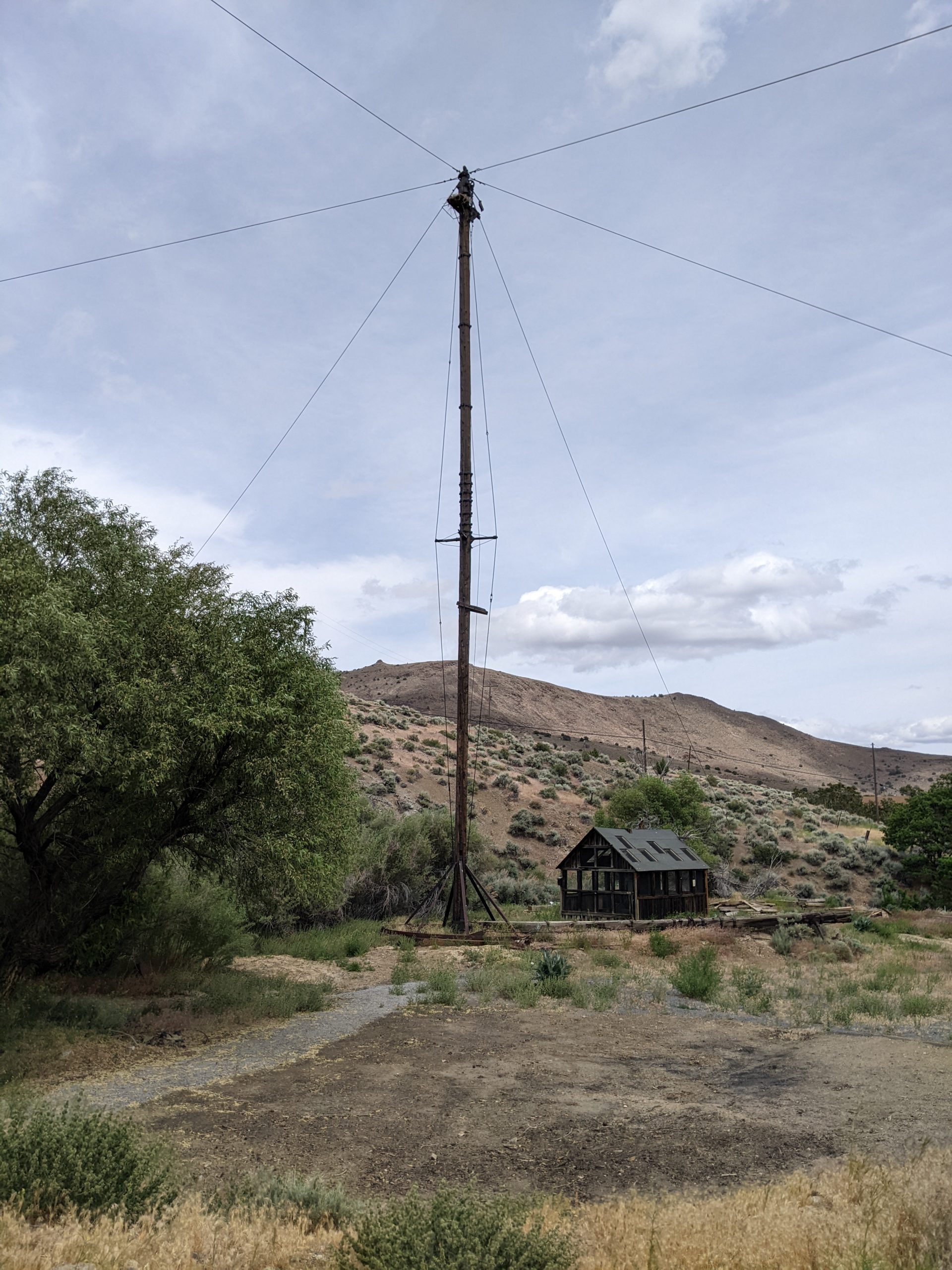
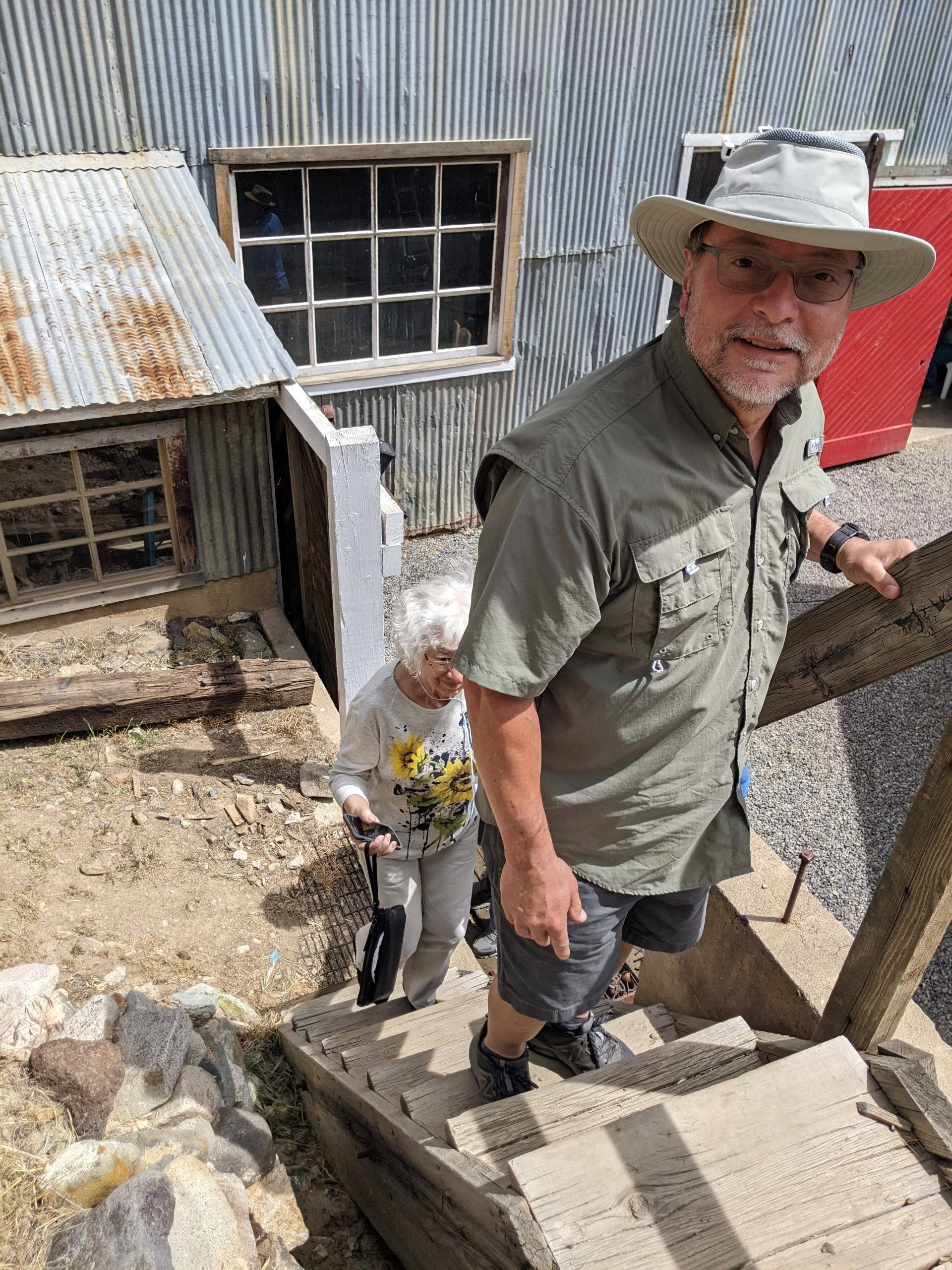
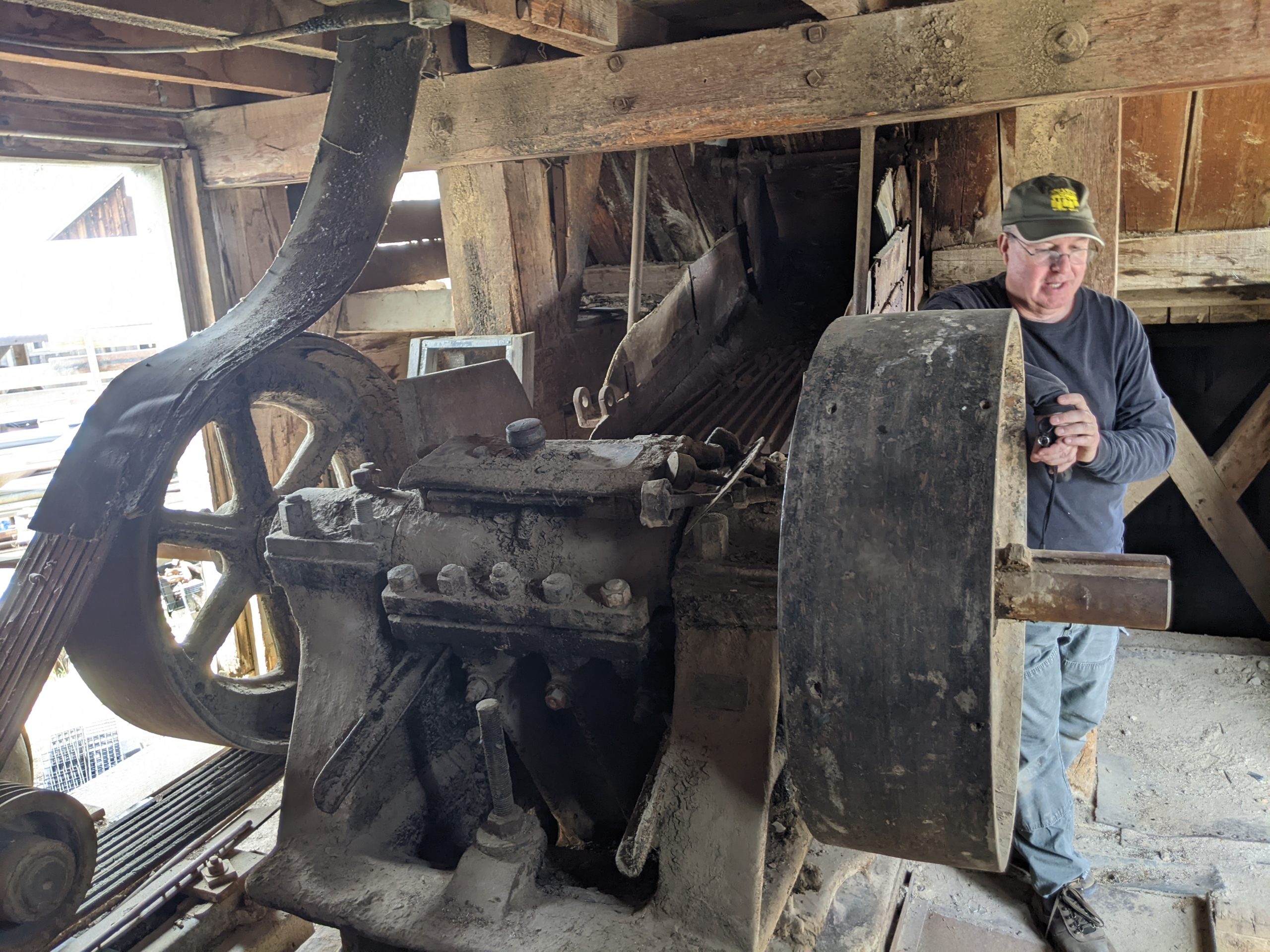
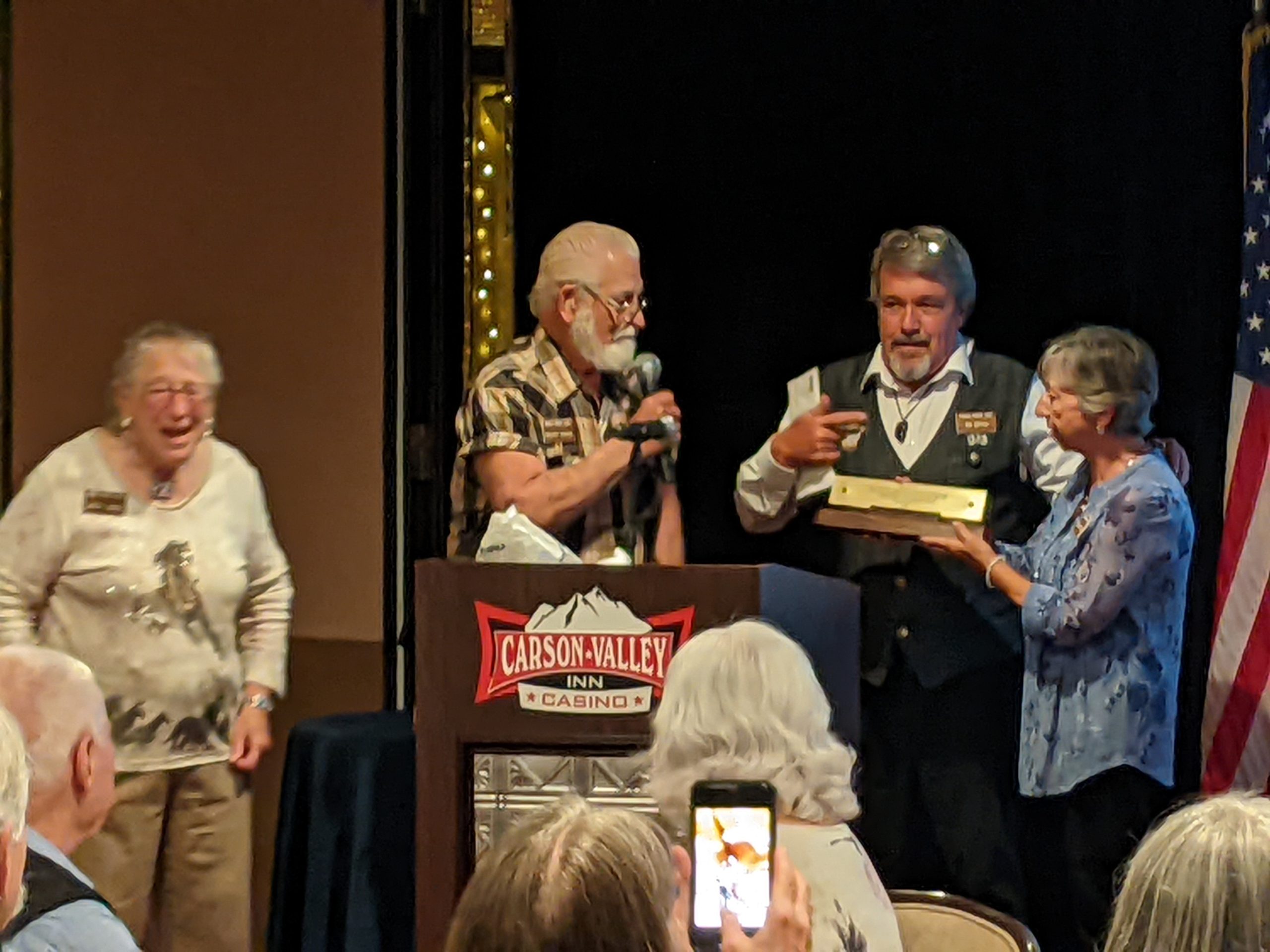
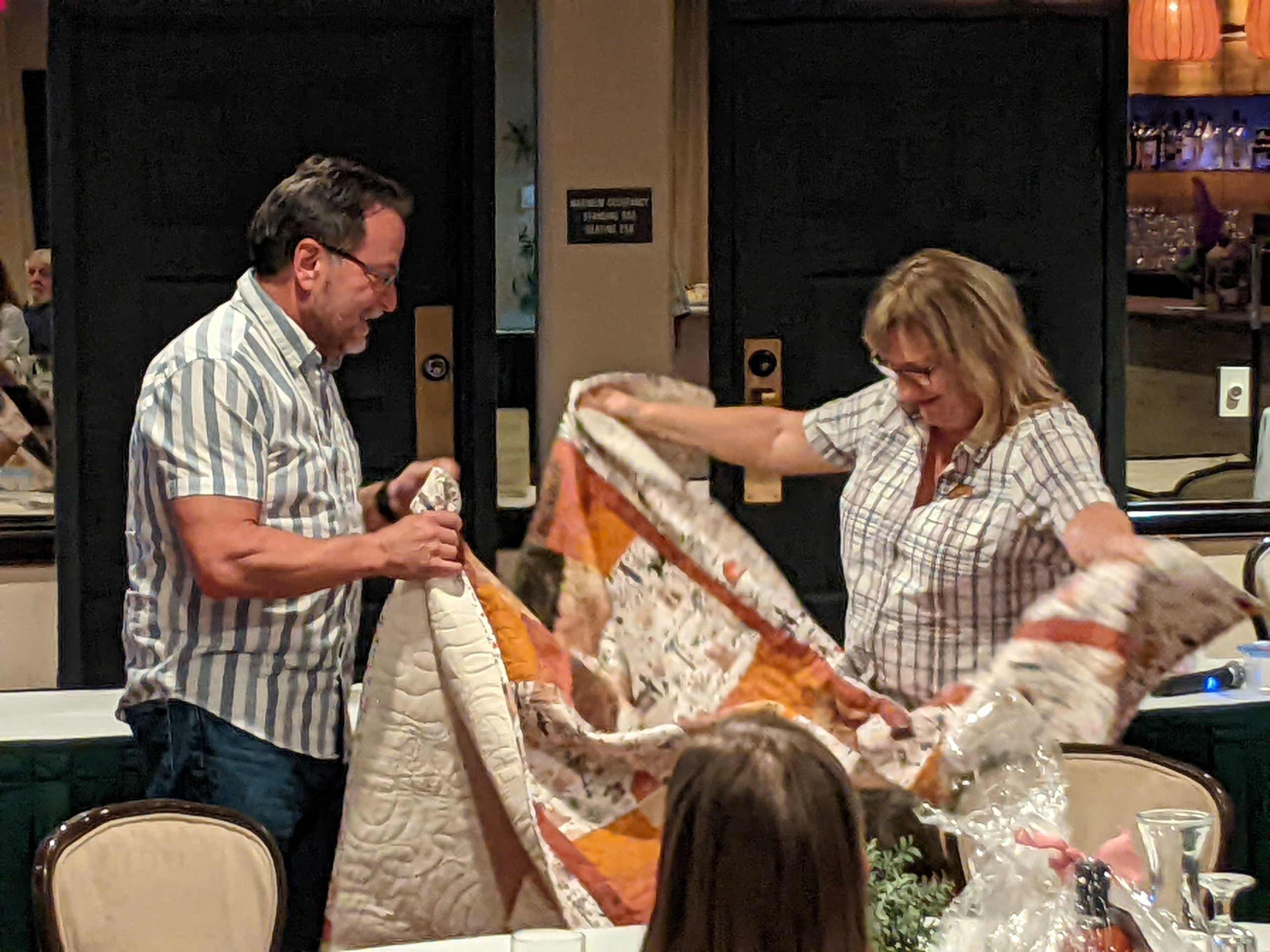
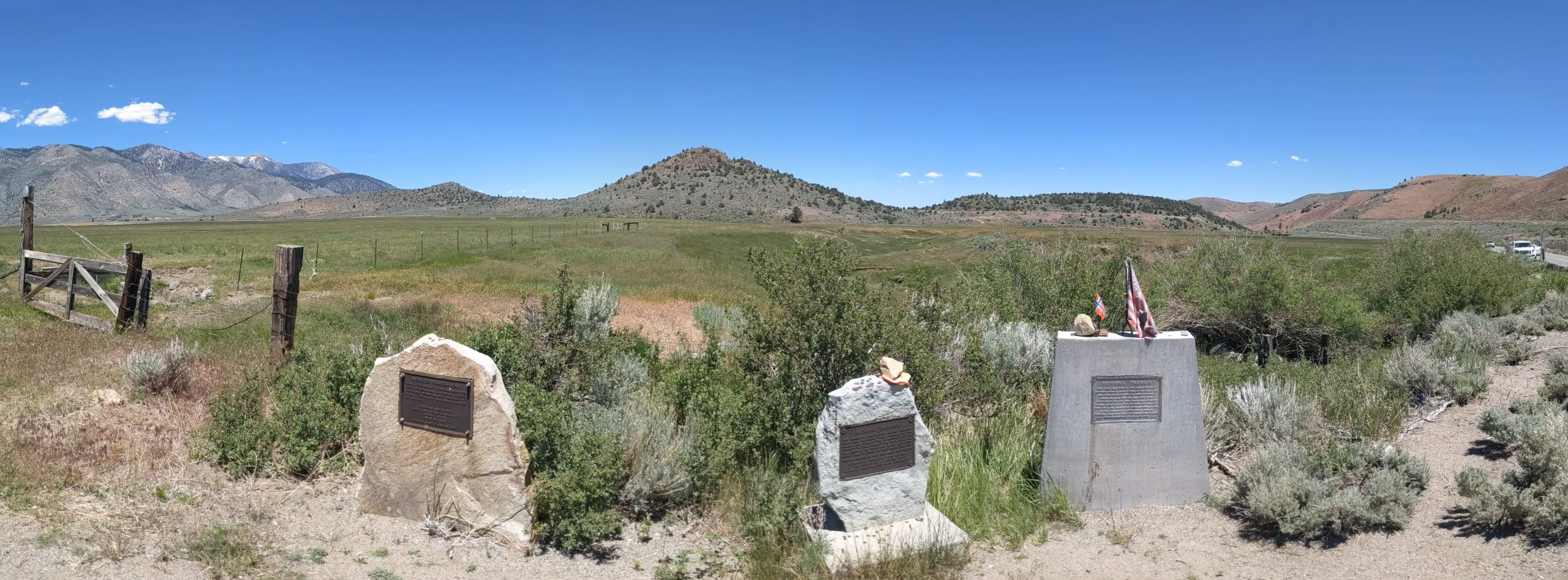
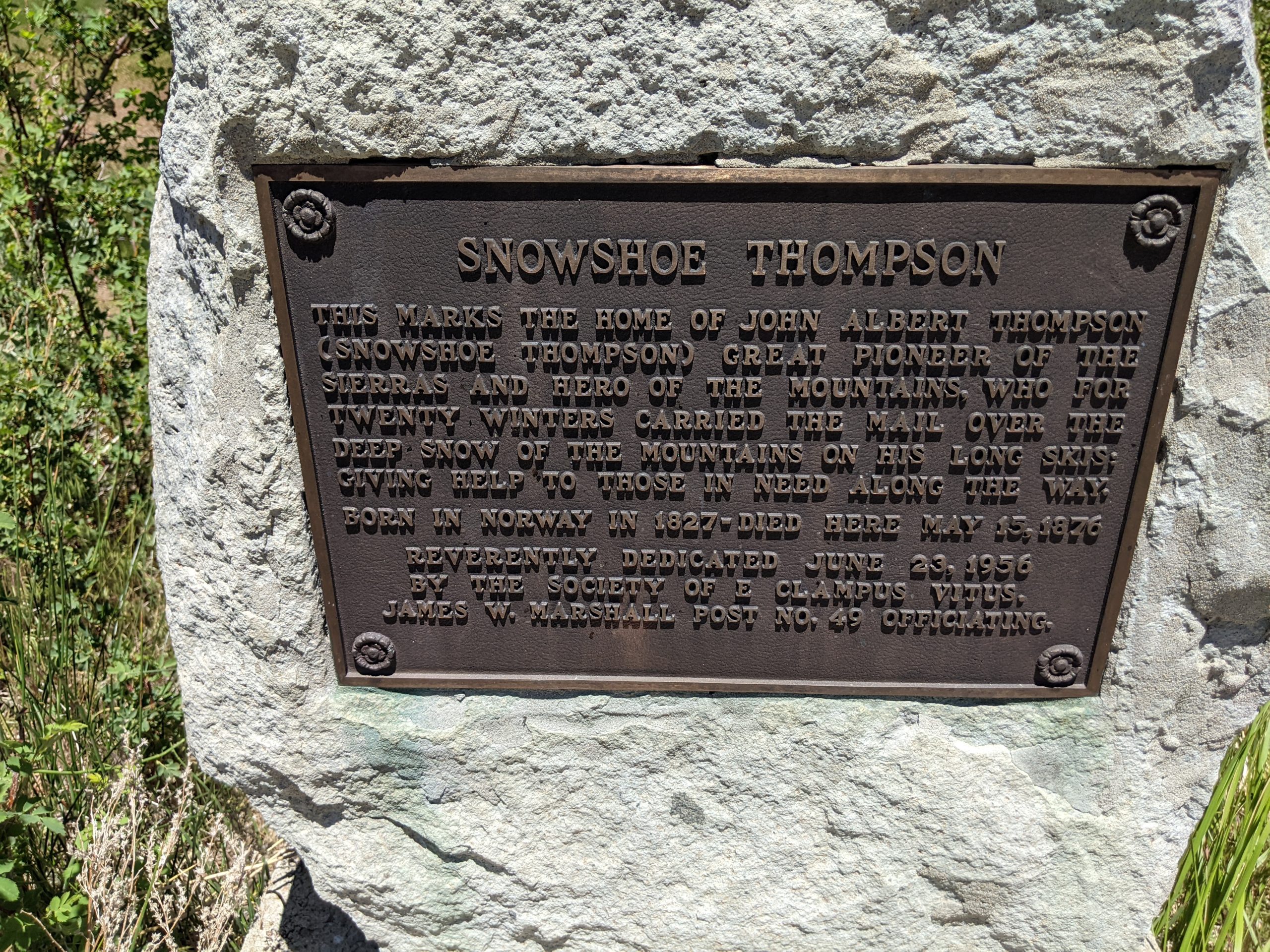
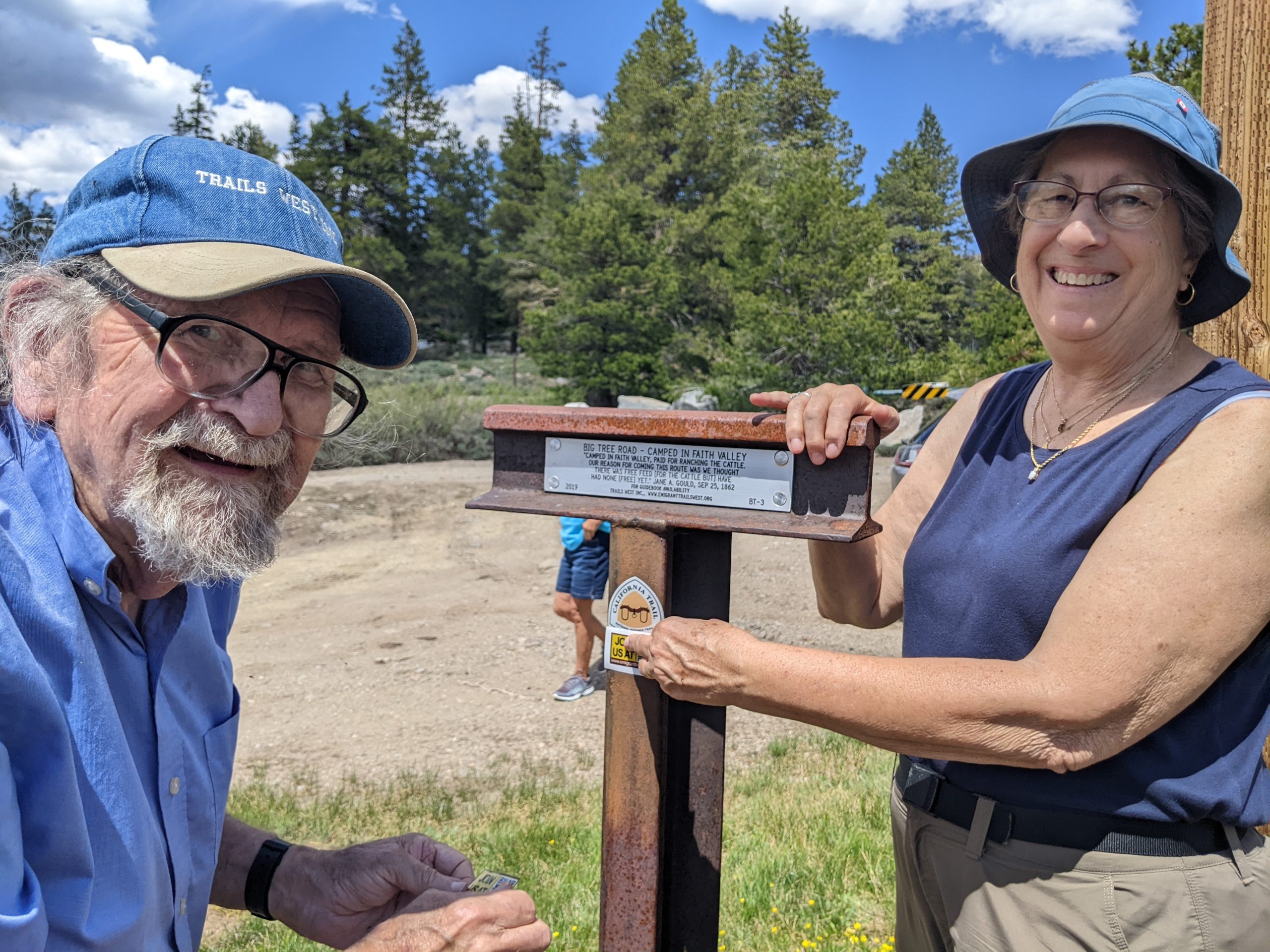

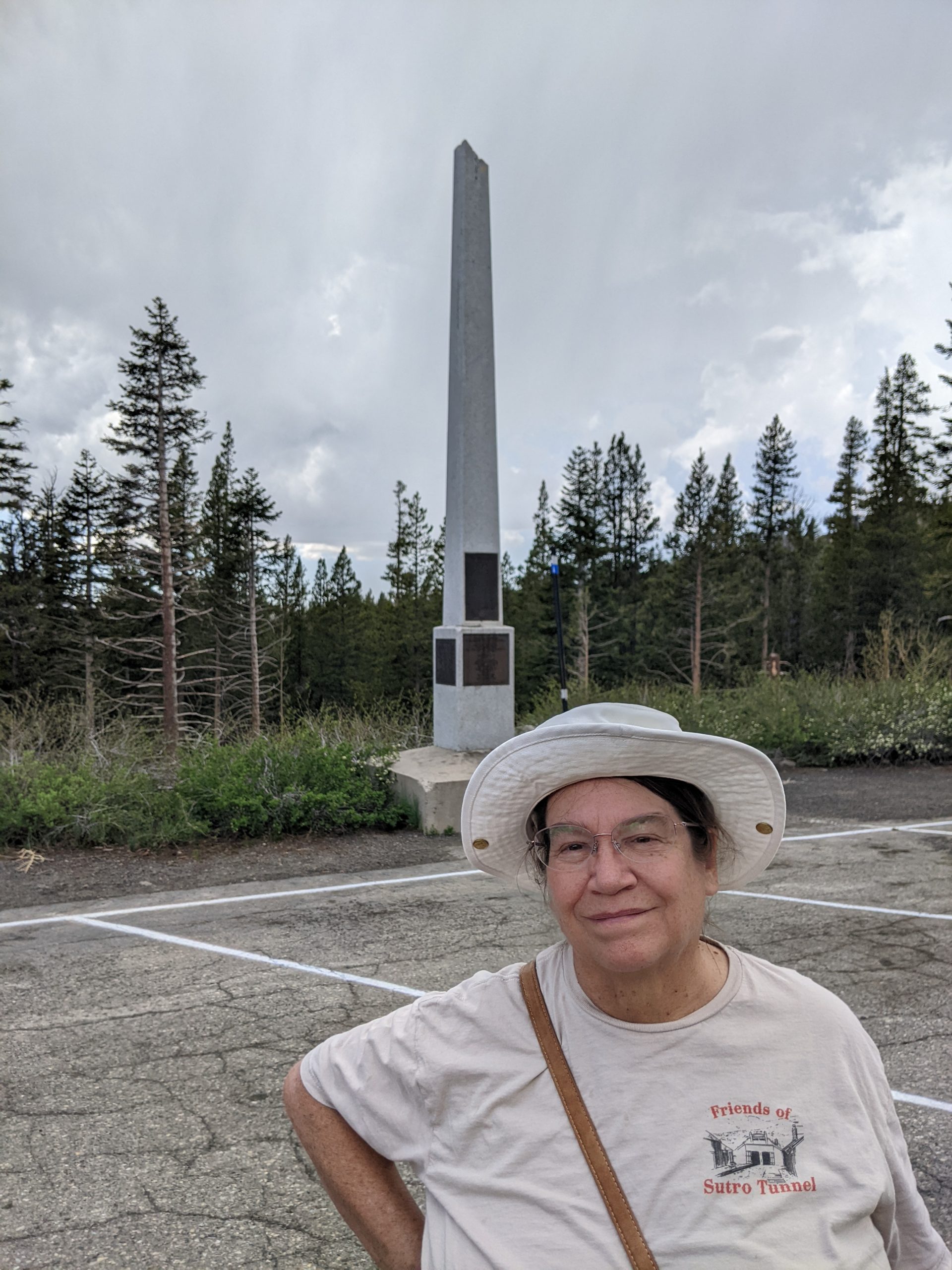
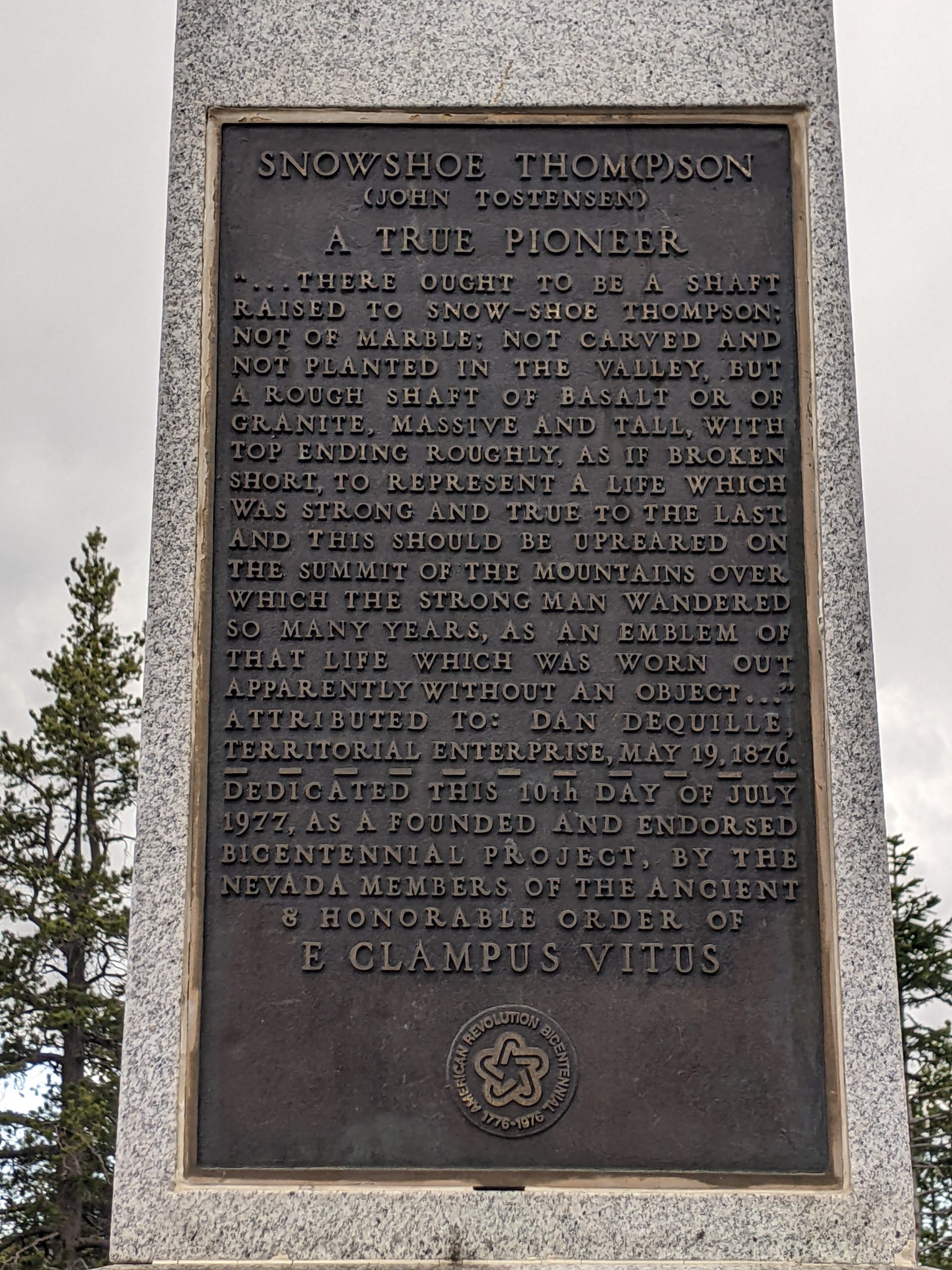
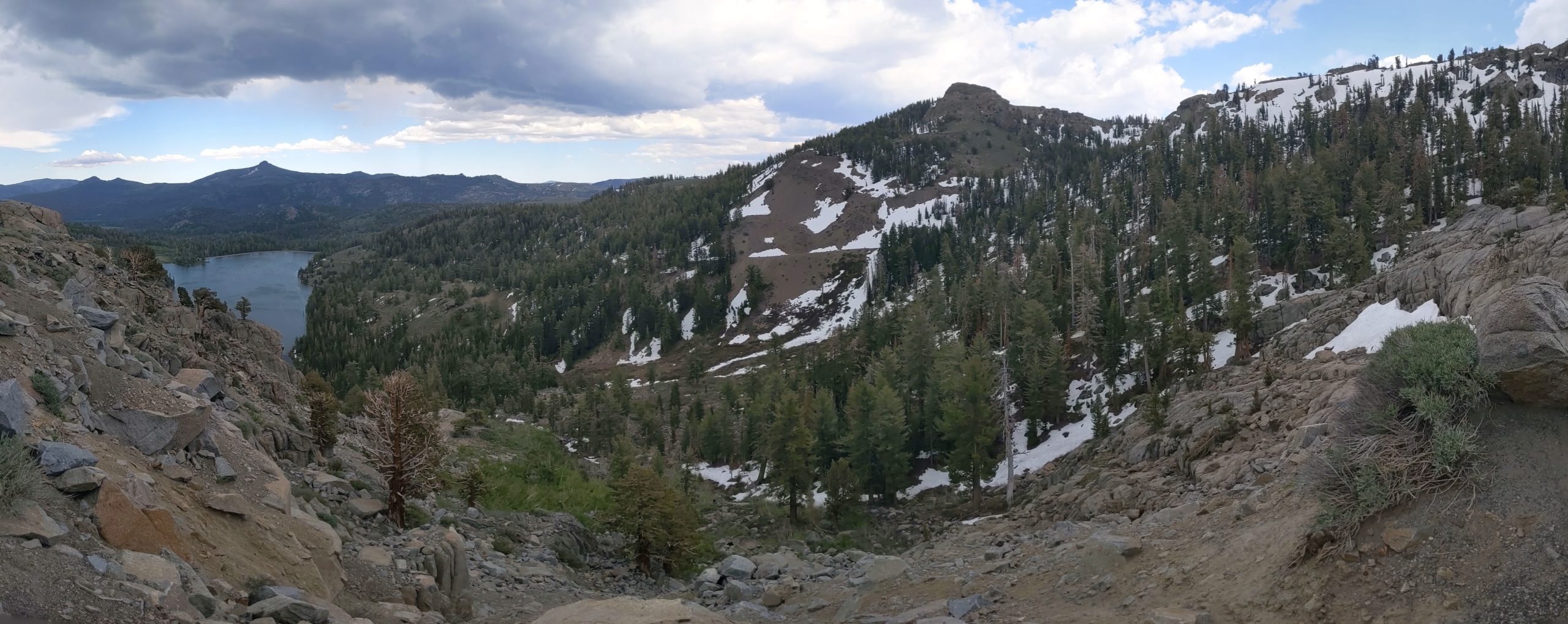
![]()
![]()
![]()
![]()
![]()
![]()
![]()
Do you enjoy
History?
Archaeology?
Trails of the West?
Then Read on to the latest Trails West Adventure…
Report of the Lassen Historical District Group- November 5th, 2023-
The group met at the Woods corrals and the goal was to explore an area of an early road that ran parallel to the Lassen Masonic Hall Branch of the Lassen Trail. This new road which ran east from the first Masonic Hall in California terminated at the Marysville to Shasti Road, Halley House / Masonic Hall intersection and ran .61 miles to the east and re-connects to the main branch, just north of the dam of the Lassen Reservoir we call Lake Cunningham. Today’s search area was a section 232 yards from the main gate to 464 yards. In attendance were Meg and Frank Zbierski, Richard Starch, Archaeologist Seth Owens, Mouse, Abbey and me.
This spring this new road section was highlighted by a broad swath of yellow flowers and had 19 cross avenues of the newly found Benton City subdivision.
The road in this section was searched and there was a moderate concentration of artifacts as it descended to the flat area where it crossed the northeast corner of 1844 Lassen Garden.
This once irrigated area is rather flat in topography and as such is subject to flooding in wet weather. Around 1900 Leyland Stanford constructed a canal around this corner of the garden skirting this flat region and as such his canal isolated this section of newly found road. Of note, this section of trail has singular wagon ruts visible when this area is subject to heavy rains. I know of no other emigrant trail section which manifests this singular rut features.
On arrival we parked a safe distance from the rut features to not disturb the frail formations.
The group focused on the original LIDAR marked track made this winter which was in line of the gate at the Woods / Rumiano gate adjacent to the Masonic Hall and a wood timber we moved to mark the crossing at the east end of our search area and flagging on the Stanford’s canal was added for reference on the west end.
Metal detectors quickly started their reports of metal being found. Time and time again collection of nails, both cut and wire were encountered with copious amounts of wagon and tack artifacts. About half a dozen conical and lead ball projectiles were also found. It became clear that this area was very hard on the wagons with harness and wagon artifacts showing major distress. Broken trace chain links and major wagon washers signaled the hard time the wagons had passing this flat. Horseshoes were another common find as the clay soil was clearly sucking the shoes off the animals. A very disfigured draft shoe was also noted.
Artifacts reflected that use of this route mirrored the later travelers heading to the Upper Feather River Mines at Rich Bar and Indian Valley. We also metal detected on either side (north and south) of the LIDAR road route and found these areas were completely devoid of artifacts. Two artifacts were found which were not readily identified. The first one which was found was a copper tube about 1/4 inch in diameter and 1 inch in length, which was enclosed at one end and the other was packed with some sort of material which seemed to have a small hole. A second one was later found which clearly had exploded. Subsequent research showed that these two artifacts were blasting caps for black powder dating to possibly 1872.
This find expanded the use of this section of Lassen Trail for almost another decade. Also found by Richard was a wire splice of what appeared to be a section from the 1858 telegraph line. This line is noted crossing this area on the 1858 Von Schmidt Rancho Bosquejo Survey.
The artifact field agreed to the LIDAR track of the road and this high density showed that crossing this corner of the Lassen Garden was quite detrimental to both wagons, tack, and animals.
We crossed the Stanford Canal to the east and found a marked drop off in artifact density similar to the west end. Richard wandered off to the north and discovered at the Masonic Branch of the Lassen Trail Route a very large collection of cut nail fragments. Richard enlisted Frank and me to canvas the area on both sides of the main trail, now about 1/4 mile from the Marysville to Shasti Road intersection. We expanded our search and found the site to be at least 30 by 40 feet in size and encompasses both sides of the trail. The day was getting late and there was talk of giving it up for the day as the sun was heading to the horizon. At this time Frank found, on a borrowed metal detector, a Chinese silver coin. The coin was given to Seth for cleaning and examination.
It was noted that this portion of the Lassen Trail was in use well past the emigrant phase. It clearly suggested that this section carried supplies to the Feather River mines. The singular wagon ruts, which were prominent when partially flooded, were not visible when the soil was dry. It is recommended that travel in this section of flat ground be curtailed to protect these frail wagon features.
Dave Freeman
![]()
![]()
![]()
![]()
![]()
![]()
![]()
Some of our members are hard at work out in the field in the continuing effort to record the exact location of the various trails.
Currently, a small group is trying to find where the wagons crossed Goshute Valley between markers HN-4 and HN-6 on the Hastings Cutoff. Our marker HN-5, which is now behind locked gates, has always been a bit suspect. It is hard to believe the emigrants went northwest to that spring when they knew they had to go southwest and there was also water along that route. So, the search begins. It’s not acceptable to just say “they must have gone that way”. Specific evidence is required. This group is spending a lot of time going through old diaries and old maps. This has lead to many days of on the ground reconnaissance. Member Kevin Lee is pretty much leading the efforts and has been using his drone to get a birds eye view of what can’t be seen from the ground. Below is a short video of one of his flights he has spruced up.
Thank you Kevin, and others, for your continuing efforts to document history.
Below is a link to the half hour PBS special that Trails West had a major part in working on. If you haven’t had a chance, take a look at it. Very well done and it shows a lot of the great country along the Applegate Trail from Lassen Meadows to Goose Lake.
If you haven’t already, be sure and take a look on the Photo Tours menu. There are lots of photos showing the entire length of seven of the emigrant trails and it’s a good way to see what’s out there. If the area intrigues you, you can then get the guide and plan to hit the trail this season and enjoy the countryside yourself. It’s a great way to get the family out and about and interested in our country’s history.
